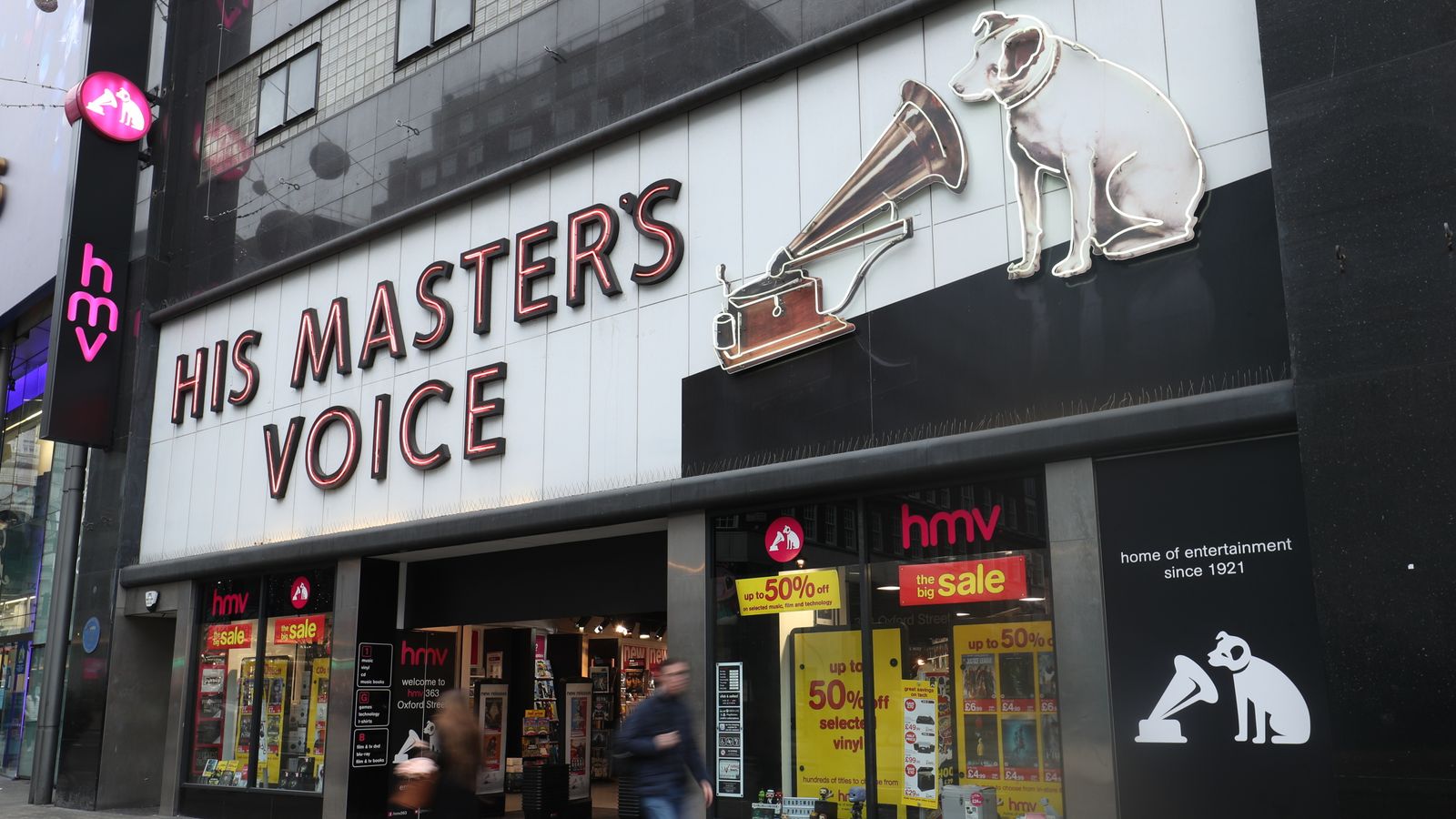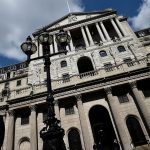HMV is to reopen its original flagship shop after a four-year absence.
The music retailer shut the central London store in 2019 after collapsing into administration before a rescue takeover by Canadian Doug Putman’s Sunrise Records.
The firm said the return to 363 Oxford Street, where HMV opened its first shop in 1921, was the “latest sign of a dramatic turnaround” after bouncing back to profit last year.
The site has been run as an American sweet shop since the closure.
The store will feature the company’s new logo and a revamped layout.
In the face of declining demand for CDs and DVDs, the company has shifted its focus to merchandise, vinyl, music technology, such as headphones, and live music and signings in stores.
HMV said it will bring the format, called HMV Shop, to 24 new sites and 14 existing stores by the end of the year.
Mr Putman said: “The expansion of our fan-focused pop culture offer is really working for us and the reopening of our flagship represents the culmination of a good few years of hard work.
“We are also opening stores in Europe this year, so while it is the culmination of one phase of work, more excitingly we see it as the launch pad for an exciting new era for HMV.”
Councillor Geoff Barraclough, Westminster City Council’s cabinet member for planning and economic development, said: “It’s fantastic to see this iconic brand back on Oxford Street, where it stood as a driver of music and pop culture in the capital for so long.
“It’s also particularly pleasing it is replacing one of the many US candy stores which sprang up during the pandemic.”
Be the first to get Breaking News
Install the Sky News app for free
It comes days after the boss of Marks & Spencer described the landmark shopping street as a “national embarrassment”.
M&S chief executive, Stuart Machin, said in a letter to the Evening Standard: “The high street which is meant to be the jewel in London’s crown today is a national embarrassment, with a proliferation of tacky candy stores, antisocial behaviour and footfall remaining in the doldrums, 11% down on pre-pandemic levels.”






















